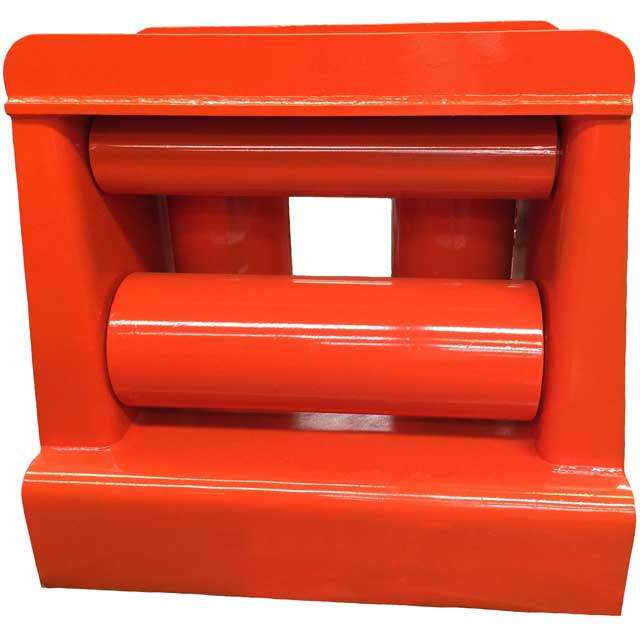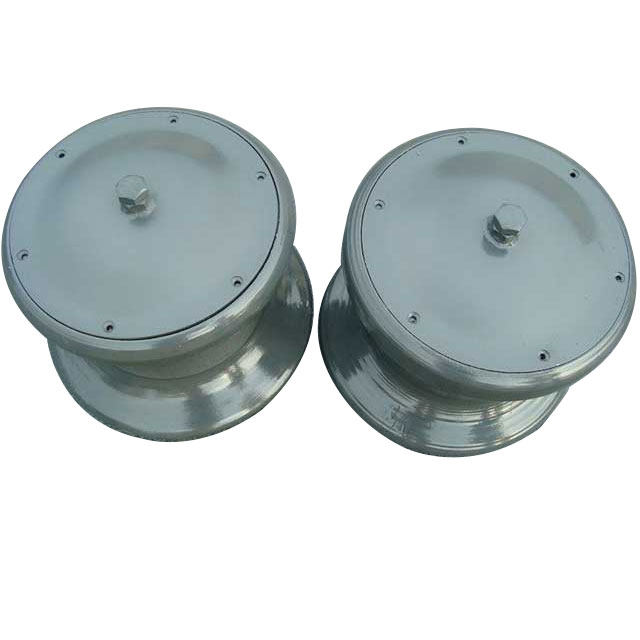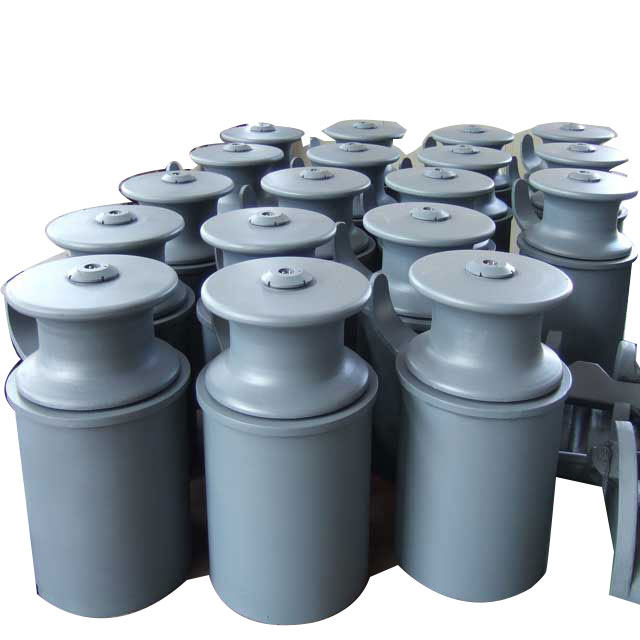The Power of Advanced Materials in Roller Fairlead Construction
Roller fairleads serve an important role in the safe and efficient operation of marine vessels by guiding cables and lines with little friction during diverse maritime tasks. Recent advances in material science have had a considerable impact on the design of roller fairleads, resulting in stronger, more durable, and efficient components. This article delves into the impact of advanced materials in roller fairlead construction and the benefits they bring to the maritime industry.

What are Traditional Materials in Roller Fairlead Construction
| Material | Description | Advantages | Considerations |
| Steel | Strong and durable material. | High strength. | Susceptible to corrosion; requires regular maintenance. |
| Cast Iron | Known for excellent strength and wear resistance. | High wear resistance. | Heavyweight; can be susceptible to corrosion. |
| Bronze | An alloy of copper, corrosion-resistant. | Corrosion-resistant, suitable for marine applications. | Relatively lower strength compared to steel; higher cost. |
| Aluminum | Lightweight and corrosion-resistant. | Lightweight. | Lower strength compared to steel; may not be suitable for heavy-duty applications. |
| Stainless Steel | Corrosion-resistant and durable. | Excellent corrosion resistance. | Higher cost compared to carbon steel; have lower load-bearing capacity. |
| Plastics (Nylon, UHMWPE) | Low friction properties. | Low friction, corrosion resistance, lightweight. | Can not be suitable for heavy loads or extreme conditions. |

How the Advanced Materials are Contributing to the Roller Fairlead Construction
1. Stainless Steel Alloys for Enhanced Durability
Traditional roller fairleads were frequently made of traditional materials, but the use of high-strength alloys has transformed their longevity. Stainless steel and aluminum alloys with increased tensile strength and corrosion resistance help to extend service life, decrease maintenance, and improve overall performance in severe maritime conditions.
2. Aluminum Alloys for Lightweight Efficiency
Roller fairleads are increasingly made of lightweight aluminum alloys in order to achieve maximum fuel efficiency and performance. The use of advanced aluminum alloys not only reduces the overall weight of the fairlead but also facilitates easier installation and handling. This weight reduction is particularly advantageous for vessels aiming to enhance their operational efficiency while minimizing environmental impact.
3. Composite Materials for Weight Reduction
The use of composite materials, such as carbon fiber-reinforced polymers and sophisticated thermoplastics, has resulted in significant weight reduction in roller fairlead construction. Not only can lightweight materials improve fuel efficiency, but they also make installation and handling easier. This is especially important for vessels striving to maximize performance while minimizing their environmental impact.
4. Polymer Coatings for Corrosion Resistance
Corrosion is an ongoing problem in marine regions owing to saltwater exposure. Advanced polymer coatings, such as polyurethane and epoxy, are being put to roller fairleads to provide an extra layer of corrosion protection. These coatings extend the life of the fairleads, ensuring they retain structural integrity even under corrosive conditions.
5. Carbon Fiber-Reinforced Polymers
Integrating the strength of carbon fiber-reinforced plastics into roller fairlead design increases durability while reducing weight. These composite materials bring a perfect balance of strength and lightness, making them ideal for applications where both factors are critical. Roller fairleads constructed with carbon fiber-reinforced polymers exhibit improved resilience and a longer lifespan.
6.Ceramic Components for Wear Resistance
Roller fairleads often experience significant wear due to the friction generated during cable movement. The incorporation of ceramic components, such as ceramic-coated rollers or bearings, enhances wear resistance and reduces friction, resulting in smoother cable guidance and a longer lifespan for the roller fairlead.
7. Titanium Alloys for Strength and Corrosion Resistance
In applications where both strength and corrosion resistance are critical, titanium alloys have emerged as a preferred choice in roller fairlead construction. Titanium’s exceptional strength-to-weight ratio and resistance to corrosion make it an ideal material for ensuring the longevity and reliability of roller fairleads in demanding marine conditions.
8. Innovative Self-Lubricating Materials
To address the need for reduced maintenance and improved efficiency, self-lubricating materials, such as composite polymers infused with lubricating agents, are being employed in roller fairlead construction. These materials minimize friction, decrease wear and tear, and require less frequent lubrication, resulting in enhanced operational efficiency and reduced downtime.
9. Nanotechnology in Roller Fairlead Surface Treatments
Nanotechnology is being used to create better surface treatments for roller fairleads. Nano-coatings and treatments increase the surface qualities of fairlead components, increasing resistance to wear, corrosion, and fouling. This technology improves the overall performance and durability of roller fairleads in harsh marine settings.

Conclusion
The incorporation of advanced materials in roller fairlead construction represents a significant advancement in the maritime industry. The introduction of high-strength alloys, lightweight composites, corrosion-resistant coatings, ceramic components, titanium alloys, self-lubricating materials, and nanotechnology-driven surface treatments all improve the longevity, efficiency, and dependability of roller fairleads. As vessel designs advance and operating needs rise, the ongoing research of advanced materials promises to improve roller fairlead performance, resulting in safer and more efficient maritime operations.


